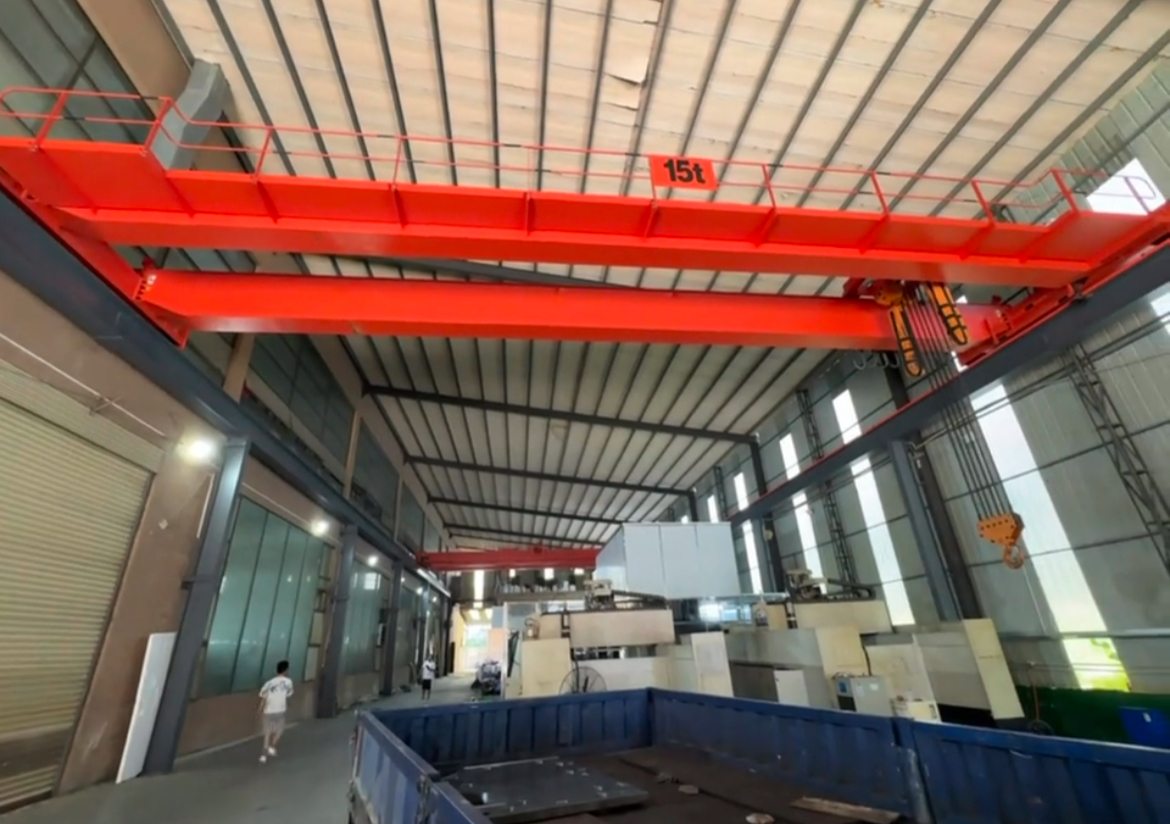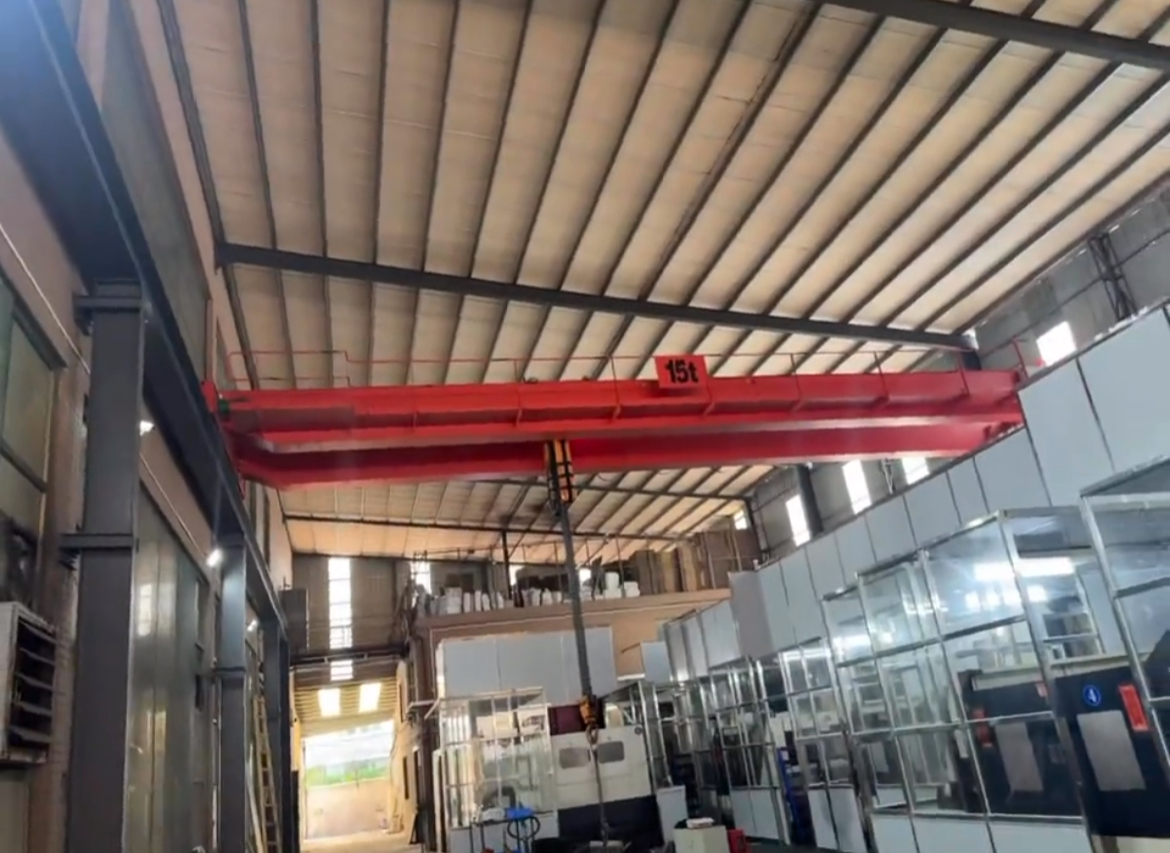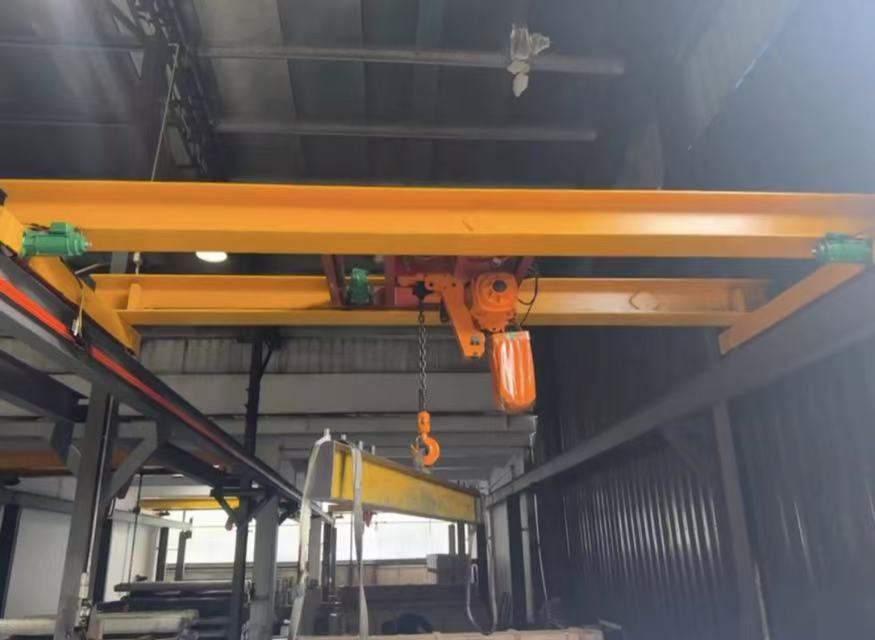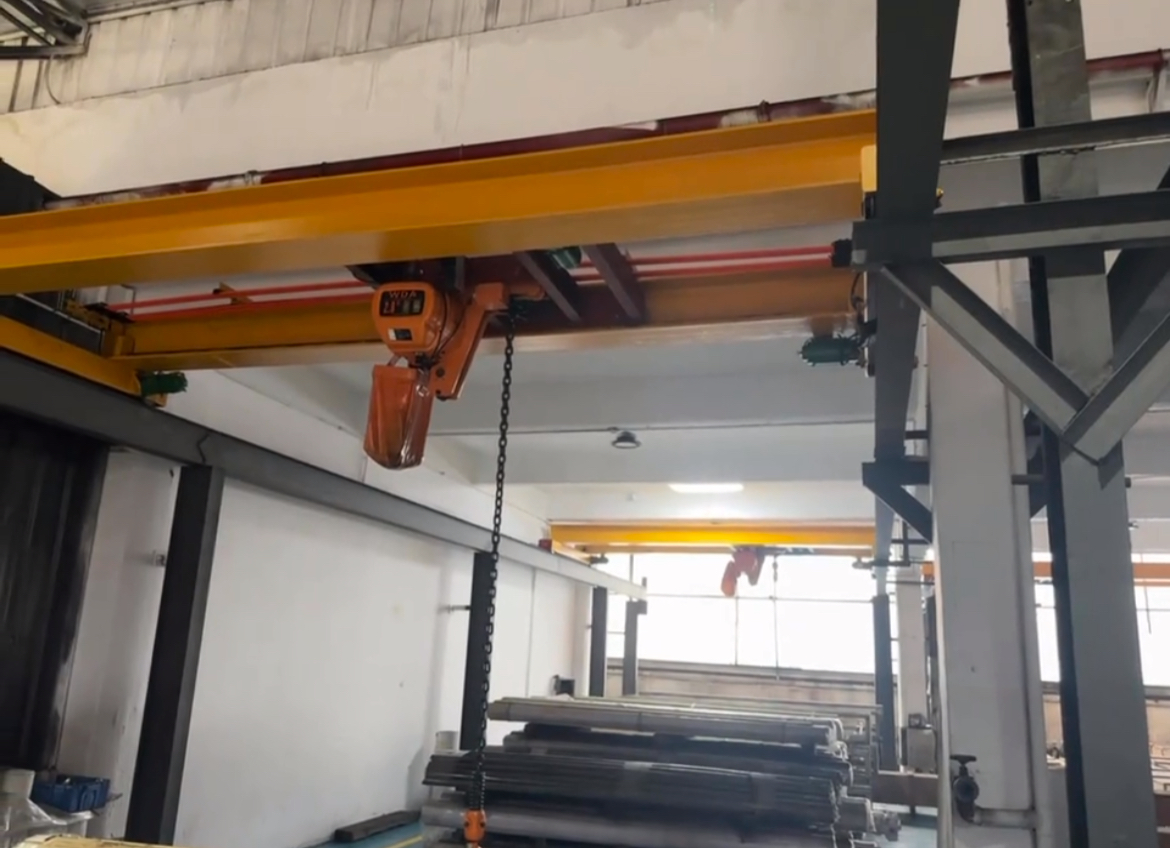Strategies for Noise Reduction in Double-Girder Overhead Cranes: Creating a Quiet and Efficient Industrial Environment
In the landscape of industrial material handling, the overhead crane is a pivotal piece of equipment. Among these, the double-girder overhead crane stands out for its exceptional strength and ability to handle severe-duty applications. However, the operational noise generated by any crane, particularly a powerful double-girder overhead crane, can present significant challenges to workplace safety and efficiency. Therefore, implementing a strategic noise reduction program for your overhead crane is not just an operational improvement—it is a critical investment. This article details a comprehensive approach to quieting a double-girder overhead crane, ensuring that this vital crane asset operates more smoothly and quietly.

Analysis of Noise Sources
To achieve effective noise reduction, it is essential first to accurately identify the primary sources of noise in a double-girder overhead crane:
Mechanical Transmission Noise: This is the most prominent source in crane operation. It includes vibration and impact noise generated by crane components like the motor, reduction gearbox, and bearings during high-speed operation. These crane noises result from gear meshing, part wear, inadequate lubrication, or improper assembly within the crane's drive system.
Wheel-to-Rail Friction Noise: When the crane's travel wheels roll along the rails, noise arises from severe friction and impact if the rails are not straight, have gaps at joints, or if the wheel treads are unevenly worn.
Electrical System Noise: Installing flexible couplings and vibration dampers between the motor, gearbox, and wheels decouples vibrations, preventing them from being transmitted through the entire structure of the crane. This systemic approach is key to quieting the entire overhead crane system.

Systematic Noise Reduction Measures
Even the best-engineered crane will become noisy if not properly maintained. A disciplined, proactive crane maintenance regimen is the cornerstone of long-term noise control for any overhead crane. Addressing these crane noise sources requires a systematic approach involving design, manufacturing, installation, and crane maintenance:
Optimizing the Mechanical Transmission System
Use High-Quality Gearboxes and Motors: Selecting low-noise, high-precision hard-faced gearboxes and high-efficiency motors reduces transmission noise at the source. Performing dynamic balancing on key transmission components minimizes vibration caused by mass imbalance.
Ensure Proper Lubrication: Regular and adequate application of suitable lubricants (oil/grease) is vital to keep gears, bearings, and other friction pairs well-lubricated, reducing noise from dry friction. This is crucial for the long-term smooth operation of any type of crane.
Implement Flexible Couplings: Adhering to a strict schedule for lubricating all gears, bearings, and other moving parts minimizes metal-on-metal contact and friction, which are direct causes of noise. Proper lubrication is essential for the smooth operation of any crane.
Improving the Travel Mechanism and Rail Conditions
Ensure Precise Rail Installation: The straightness, levelness, and joint gaps of the rails must strictly adhere to installation standards. Welding rails or using special techniques to create smooth transitions at joints significantly reduces the "clunking" impact sound when wheels pass over them.
Select Noise-Reducing Wheels: Replacing traditional steel wheels with those made from composite materials like nylon or polyurethane, or using elastic wheels with rubber damping layers, can effectively absorb impact energy and substantially reduce rolling noise. This is an effective practice for enhancing the quiet operation of a double-girder overhead crane.
Perform Regular Maintenance and Adjustments: Regularly inspect crane wheels for wear to ensure treads are even, and promptly adjust the crane wheel assemblies to prevent "rail grinding," a common cause of harsh screeching noises in overhead crane operations.
Applying Advanced Electrical Control Technology
Promote Frequency Conversion Speed Regulation: Adopting Variable Frequency Drive (VFD) systems to replace traditional rotor resistance speed control allows for soft starting and stopping of motors and smooth speed adjustment. This greatly reduces mechanical shock and noise during acceleration and deceleration, while also lowering the operational noise from electrical components. It is the preferred direction for modernizing overhead crane control systems.
Choose Silent Contactors:In the crane control system, prioritizing solid-state relays or non-contact switching devices instead of traditional AC contactors effectively eliminates the "clicking" sound produced by electromagnetic mechanisms. This improvement is especially valuable for double-girder overhead crane operations in quiet environments, contributing to significantly reduced overhead crane noise levels and creating a better working environment around the crane equipment.

Conclusion
Reducing noise in a double-girder overhead crane is not a single action but a continuous process involving strategic upgrades and disciplined maintenance. By focusing on high-quality components, optimizing wheel-rail contact, upgrading to intelligent controls, and enforcing a strict maintenance schedule, operators can significantly lower the acoustic footprint of their overhead crane. A quieter crane leads to a better work environment, reduced maintenance costs, and longer equipment life, proving that noise reduction is a valuable investment for any facility relying on this indispensable crane technology.


